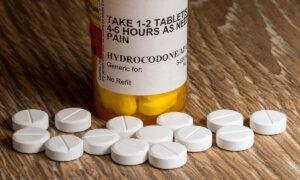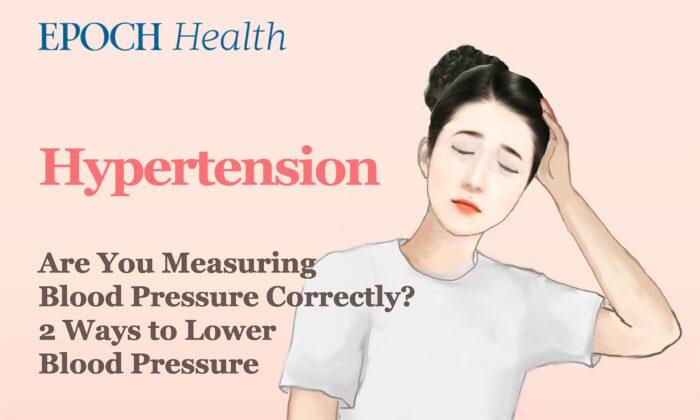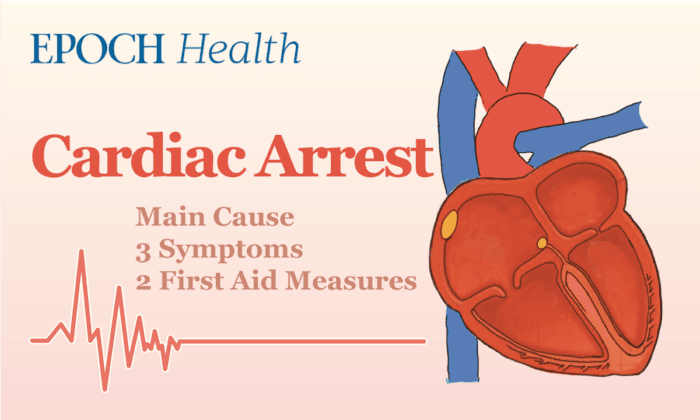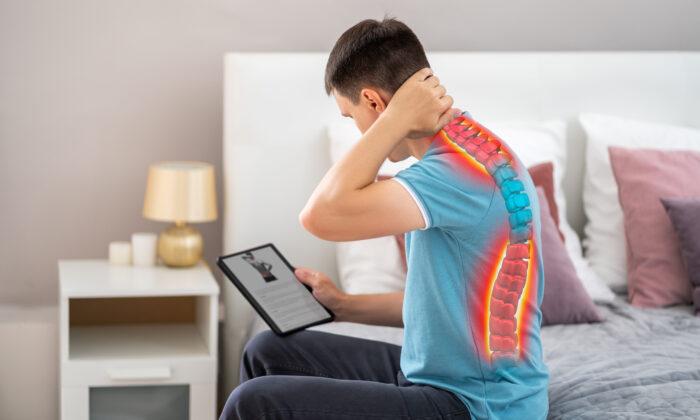Most people have experienced lower back pain. Low back pain can be really painful and, in severe cases, affect the quality of life.
Anatomy of the Spine
To understand lower back pain, one must first learn about the anatomy of the spine and the tissues associated with it. The spine consists of four parts: vertebrae, intervertebral discs, nerves, and muscles.The spine is also divided into four regions: cervical, thoracic, lumbar, and sacral. There are seven vertebrae in the cervical spine, and the curvature is convex to the front of the body; there are 12 vertebrae in the thoracic spine, and the curvature is concave to the rear of the body; there are five vertebrae in the lumbar spine, and the curvature is convex to the front of the body. The curvature formed by the alignment of the spine is important. Excessive inward or outward arch can lead to difficulty standing and poor posture.
The intervertebral discs lie between the vertebral bodies. They are flat and circular in structure, and each disc is about one to three millimeters thick. The intervertebral disc is made up of two components: the inner jelly-like nucleus pulposus and the outer elastic annulus fibrosus. The function of the intervertebral discs is to cushion the shocks generated during movement.

The vertebral bodies are connected to form a canal for the spinal cord at the rear, which also protects the spinal cord. Each vertebra is connected to a vertebral arch, and the arrangement of the arches forms the intervertebral foramen from which spinal nerves extend, modulating sensory and motor information in the extremities.
The spine is surrounded by muscles. Strong muscles can take the pressure off the vertebrae, and support the spine to keep it in the correct position.
Which Group of People Is Prone to Lower Back Pain?
There are three groups of people that are particularly prone to low back pain.1. People whose occupation involves carrying
Delivery people and construction workers often have to carry heavy loads repeatedly.2. People whose occupation involves driving
The spines of truck drivers and taxi drivers are often subjected to vertical vibrations, and the pressure is concentrated on the intervertebral discs, which can easily lead to deformation of the intervertebral discs.3. Office worker
These people tend to have poor posture and are sedentary, which leads to excessive load on the lumbar spine and the gradual flattening of the intervertebral discs, resulting in lower back pain.4 Causes of Lower Back Pain
1. Acute lumbar spinal injury
This is more common among young people, as they are more likely to be involved in vigorous sports, such as volleyball, badminton, etc.2. Disc herniation
When the outer annulus fibrosus of the intervertebral disc loses its elasticity and strength, the inner nucleus pulposus will break through the annulus fibrosus and protrude, which is the cause of the intervertebral disc herniation.The structure of the entire intervertebral disc is similar to a common snack—a jelly donut. The nucleus pulposus is like jelly, and the annulus fibrosus is like the donut; a herniated disc is like jelly being squeezed out of a donut.

After the nucleus pulposus herniates, the intervertebral disc becomes thinner and loses its cushioning function—then vertebrae are more likely to collide with each other during activities, causing lower back pain.
A protruding nucleus pulposus can also cause lower back pain if it compresses a nerve. For example, sciatica refers to numbness and pain in the lower back and lower limbs caused by a herniated disc compressing the sciatic nerve, and it can even cause muscle weakness.
In addition, a herniated disc may also cause inflammation.
The intervertebral discs have no blood supply, so the immune system does not recognize the nucleus pulposus. Hence, it will identify the protruding nucleus pulposus as foreign tissue and send immune cells to attack the intervertebral disc, causing inflammation. Inflammation that irritates the nerves can also cause pain.
Surprisingly, herniated discs are more common among young people!
3. Spinal stenosis
When the intervertebral discs do not have enough strength to maintain the stability of the spine due to degeneration, the surrounding tissues will proliferate to protect the nerves.Proliferation of ligaments and facet joints around the spine will lead to the narrowing of the spinal canal, further compressing the nerves.
Elderly people are more likely to suffer from spinal stenosis, and a common symptom is “intermittent claudication”—the patients’ legs and lower back will hurt after walking for a short distance, and they have to sit down and rest for a while to relieve the pain before continuing to walk.
4. Compression fracture
This is a serious condition that requires special attention.Compression fractures are common in the elderly, especially postmenopausal women. This group of people usually has osteoporosis, and their bones are relatively fragile. Lifting heavy objects or falling down while leaning forward can cause fractures in the front of the vertebrae.
In the X-ray image below, we can see that the length of the front of the first lumbar vertebra is shortened, while the rear maintains a normal height, thereby forming a wedge shape.

How to tell if it is a compression fracture? If there is a cracking sound when an elderly person falls, it may indicate a fracture.
Different Lower Back Pain Conditions Require Different Treatments
• Acute lumbar spinal injury
Symptoms can be improved with rest, medication (medicines that relax muscles), and cold compresses (to reduce inflammation).Most people’s symptoms are relieved with rest, medication, and cold compresses without the need to see a doctor.
• Disc herniation
There are five broad categories of treatments.- Medication: Take nonsteroidal anti-inflammatory drugs, such as ibuprofen.
- Physiotherapy: Exercise the muscles of the lower back to increase strength, or gently stretch the nerves to get rid of compression.
- Alternative medicine: Try acupuncture, massage, and cupping. If the pain does not go away or symptoms of nerve compression appear after trying the first three treatments, it is necessary to see a doctor in time to seek further treatment, such as:
- Steroid injections: Steroids are injected into the herniated disc with a syringe to reduce inflammation.
- Surgical treatment: This is a last resort and more than 95 percent of patients do not need it.
Some Lower Back Pain Conditions Must Be Treated With Surgery as Soon as Possible
Generally speaking, surgical treatment should only be considered if the muscles are severely weakened with persistent numbness in the hands and feet, or if there is still unrelieved pain after six weeks of nonsurgical treatment.Very rarely, surgery can cause complications such as a dural tear. While the chances of it happening are slim, it is best to avoid it if possible. Moreover, local scar tissue can also form after surgery, which increases the difficulty of the next operation.
On the other hand, if the patient experiences severe neurological symptoms, surgery should be performed as soon as possible under safety considerations. Otherwise, it may cause irreparable damage to the nerve.
At present, doctors mostly use minimally invasive surgery, with an incision of only two to three millimeters. This surgery significantly reduces the pain, and the patient’s symptoms of muscle weakness and skin numbness will gradually improve.
How to Take Care of the Lumbar Spine and Prevent Lower Back Pain?
The five methods below can help you prevent or relieve lower back pain.1. Maintain good posture
Make sure to sit up straight and try not to lean forward.The figure below shows the amount of pressure on the lumbar spine of the human body in different postures. The red bars represent data from a study in 1981, while the blue bars represent data from a study in 1999.

Both studies showed that intervertebral disc pressure is the lowest when a person is lying flat on the back, while disc pressure increases when a person is lying on the side.
When a person leans forward while sitting, the pressure on the intervertebral discs is twice as high as when they are standing; when a person leans back while sitting, the pressure on the intervertebral discs will decrease. The pressure on the discs is greatest when a person is standing and leaning forward.
Why does leaning forward while sitting put more pressure on the intervertebral discs than when standing?
There is a Chinese saying that goes, “Talking while standing does not hurt your back.” Well, there is some truth to this statement. The upper body is supported by three forces: the abdominal muscles in the front, the spine in the middle, and the lumbar muscles in the rear. Our abdominal and back muscles are contracted when we stand, which takes some of the pressure off the spine.
2. Use proper technique when lifting heavy objects
Keep your spine straight. Many people develop herniated discs from lifting heavy objects with incorrect posture.Be sure to bend your knees and keep your spine straight when lifting, and use your thighs and calves to lift the weight instead of your back muscles.

3. Sleep on a firm mattress
It can support the spine.4. Use a lumbar pillow
It helps relax the lower back muscles.5. Stop smoking
Smoking accelerates disc degeneration.The nicotine in tobacco products will prevent the body’s nutrients from entering the intervertebral disc, which will accelerate its degeneration, thinning, and weakening. When this happens, the nucleus pulposus in the intervertebral disc is more likely to protrude.
X-rays can also show whether the patient has a smoking habit. For example, a person who develops many bone spurs (osteophytes) at a young age or has thinning intervertebral discs is likely to be a smoker.






